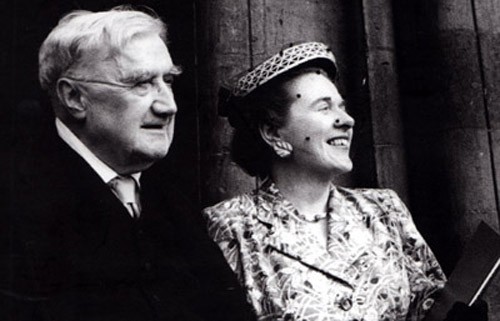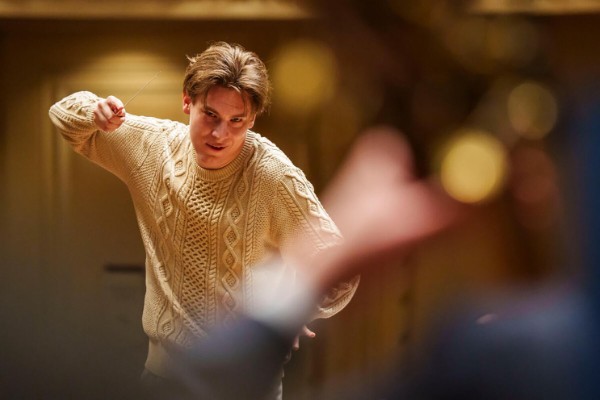It’s easy to be overwhelmed by popular culture today, which bombards us from multiple sources. Statistics show that people have shifted drastically in how they spend their time. Over 60% of our time is spent online.
When it comes to appreciating classical music, what many consider “highbrow” music, the general public sometimes might just reject it out of hand.
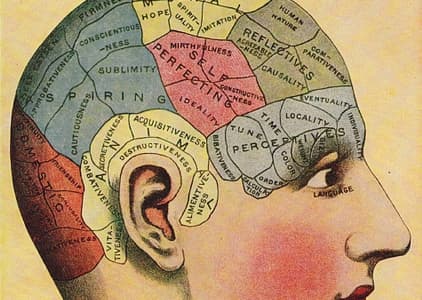
Highbrow drawing: Posted on JULY 1, 2016 by KYLIE DAYTON
My hope is that it’s because they haven’t been properly introduced, or don’t know where to start.
Many of you may not even realise how much symphonic music you hear on a daily basis. Are you a video game fanatic or a devoted movie buff? Then you’re already listening to classical music. The cello, in fact, is ubiquitous these days whenever there is a romantic or an especially sorrowful or solemn scene in a film. Sweeping orchestral scores are being used in Hollywood blockbusters, of course, John William’s scores leap to mind, as are the soundtracks of games such as Halo, BioShock, Civilization, God of War, and The Last of Us. Bach and Mozart also fill Spotify.
John Williams: Star Wars, Episode V, “The Empire Strikes Back”: The Imperial March (Boston Symphony Orchestra; John Williams, cond.)
Cartoons and movies were a wonderful introduction to classical music in my day. We loved Bugs Bunny in Rabbit of Seville, a Warner Brothers Looney Tunes production, directed by Chuck Jones from 1950. Did you know you’ve listened to opera if you saw this humorous musical rendition of Rossini’s 1816 opera The Barber of Seville.

Rabbit of Seville
Walt Disney’s movie Fantasia, released in 1940, brought animated imagery to life with classical music. Fantasia 2000, a sequel, builds upon the original, with selections of music introduced by celebrities, performed by the Chicago Symphony, and conducted by James Levine. The film includes a delightful and contrasting group of favorite works such as, The Sorcerer’s Apprentice by Paul Dukas, Beethoven Symphony No. 5, Pines of Rome by Ottorino Respighi, Rhapsody in Blue of George Gershwin, the Allegro from Shostakovich Piano Concerto No. 2, The Finale from The Carnival of the Animals by Camille Saint-Saëns, Sir Edward Elgar’s Pomp and Circumstance, and the wonderful Firebird Suite by Igor Stravinsky.
Paul Dukas: The Sorcerer’s Apprentice (Dukas Studio Orchestra)
When my son was born, I would hold him while dancing frenetically around our living room to Aram Khachaturian’s Sabre Dance—a movement from the final act of his ballet Gayane from 1942. It is the composer’s most known composition.
Aram Il’yich Khachaturian: Gayane Suite No. 1 – I. Sabre Dance (Vienna State Opera Orchestra; Vladimir Golschmann, cond.)
These captivating pieces are a great start, but perhaps you are not sure how to expand your appreciation of classical music from here?
Classical music is not always meant as background music or “relaxing” music. Some of the greatest works run the gamut of emotions.

Let’s branch out with some classical music works that I believe will enchant you and offer a deeper experience.
If you’ve loved Samuel Barber’s Adagio, try listening to his Violin Concerto op. 14, one of my favorites and truly a masterpiece. Completed in 1939, it is in the romantic tradition of violin concertos such as that of Brahms. The first two movements are lyrical and gorgeous with sweeping melodies, but the finale is quite a contrast. It is a Presto in Moto Perpetuoso, rhythmical and complex, breathtaking in its virtuosity. And the orchestration is brilliant. Violinists love to perform it, including Isaac Stern, and James Buswell and contemporary great violinists such as Hilary Hahn, Joshua Bell, and Gil Shaham. This recording with Augustin Hadelich from 2020, performed without an audience, is heart-stoppingly spectacular.

Portrait of Samuel Barber © Wise Music Classical
Samuel Barber: Violin concerto
Sergei Prokofiev was a Russian composer, pianist, and conductor and is considered one of the major composers of the 20th century. You may have heard his Peter and the Wolf. Prokofiev wrote the ballet Romeo and Juliet based on the Shakespeare play, and then he adapted some of the music into three orchestral suites. Listen to this imaginative and wonderful music.
Sergei Prokofiev: Romeo and Juliet, Op. 64 – Act I: Morning Dance (Baltimore Symphony Orchestra; Marin Alsop, cond.)
Sergei Prokofiev: Romeo and Juliet, Op. 64 – Act I: Dance of the Knights (Montagues and Capulets) (Baltimore Symphony Orchestra; Marin Alsop, cond.)
Sergei Prokofiev: Romeo and Juliet, Op. 64 – Act II: The Duel (Baltimore Symphony Orchestra; Marin Alsop, cond.)
You may have heard Tchaikovsky 1812 Overture – a favorite for Fourth of July Celebrations in the US. Tchaikovsky’s Symphony No. 4 and No. 5 are often played and universally loved too, but I’d like to introduce you to a smaller scale work, his Trio for Piano, Violin and Cello in A minor Op. 50. The luscious melodies are irresistible.
Pyotr Il’yich Tchaikovsky: Piano Trio in A Minor, Op. 50 – I. Pezzo elegiaco (Vadim Gluzman, violin; Johannes Moser, cello; Yevgeny Sudbin, piano)
I’m certain many of you have heard French composer Maurice Ravel’s Bolero, arguably his most famous piece. Did you know Ravel disliked it? He even indicated to the composer Arthur Honegger, “I’ve written only one masterpiece – Bolero. Unfortunately, it has no music in it.” He later wrote to a friend about the piece saying, “{There is} no form in the true sense of the word; No development, barely any modulation.” Ravel is one of my most-loved composers, both to perform and to listen to. His works are impressionistic, and since he greatly admired jazz, Ravel happily incorporated jazzy idioms.
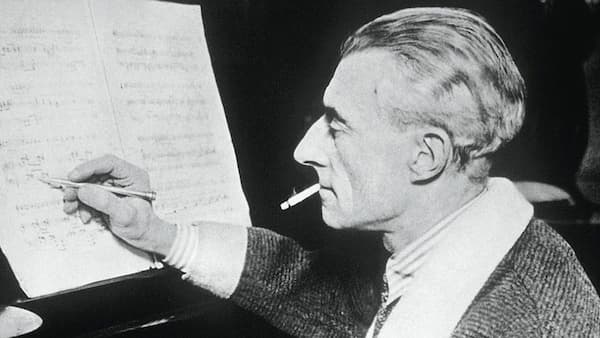
Maurice Ravel in 1928 © Fototeca Gilardi / akg-images
The piano concertos are sumptuous and elegant, and Ravel’s orchestrations are masterful. Here is the concerto in G major which tantalizes with modes, brilliant and snappy rhythms and jazz like harmonies.
Maurice Ravel: Piano Concerto in G Major – I. Allegramente (Louis Lortie, piano; London Symphony Orchestra; Rafael Frühbeck de Burgos, cond.)
Do you prefer music with a narrative or story? British composer Benjamin Britten’s Young Person’s Guide is a great example. Now listen to his Four Sea Interludes from Peter Grimes, Britten’s first opera. This is what the LA Philharmonic writes about this piece, “it’s about a fisherman in Aldeburgh on England’s eastern coast, a misanthropic loner who is hounded to self-destruction by the townspeople after the mysterious but accidental deaths of two of his apprentices.” Britten made concert pieces out of these four interludes. It is a colorful and captivating piece full of turbulence, with wonderful brass chorale-like lines, high and dramatic strings, intense percussion, sassy oboes and flutes, lines that depict the rocking of the vessel on the sea, and finally a tumultuous and unbridled storm. The four movement titles are: Dawn, Sunday Morning, Moonlight, and Storm. I played it for the first time as a student, and it resonates deeply with me.
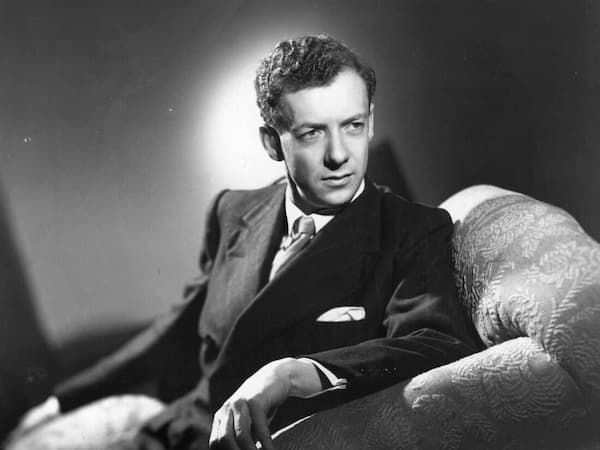
Portrait of Benjamin Britten from 1948 © Denis De Marney/Getty Images
Benjamin Britten: Four Sea Interludes from Peter Grimes, Op 33a
More you say? Here is an article I wrote in 2020 featuring several pieces I especially revere: “Janet’s 10 All-Time Favourite Music Pieces”.
I’ve spent my life performing music that epitomizes the most awe-inspiring and lasting of human achievements, and to experience beauty, depth, and something that meaningfully reaches our souls is the essence of what it means to be human.
I’ve not even scratched the surface of the variety, depth, and brilliance of the classical music literature. I would argue that experiencing a concert in person can’t be beat. Recordings are not immediate, nor are they necessarily an accurate rendition of a performance. There’s nothing like the immediacy of watching expert musicians recreate these masterworks and experiencing them with hundreds of other audience members. I hope you will.
For more of the best in classical music, sign up for our E-Newsletter

